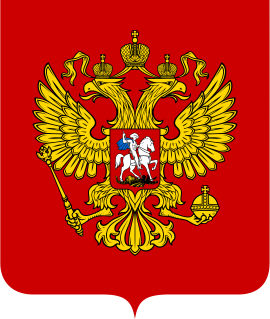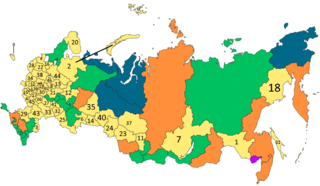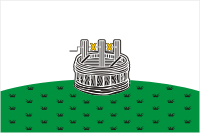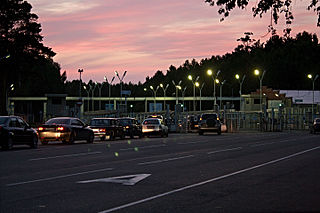
Russia is divided into several types and levels of subdivisions.
A federal district is a type of administrative division of a federation, usually under the direct control of a federal government and organized sometimes with a single municipal body. Federal districts often include capital districts, and they exist in various countries worldwide.
Okrug is an administrative division of some Slavic states. The word "okrug" is a loanword in English, but it is nevertheless often translated as "area", "district", or "region".

An oblast is a type of federal subject of the Russian Federation.

A krai is a type of federal subject of Russia. The country is divided into 85 federal subjects, of which nine are krais. Oblasts, another type of federal subject, are legally identical to krais and the difference between a political entity with the name "krai" or "oblast" is purely traditional, similar to the commonwealths in the United States; both are constituent entities equivalent in legal status in Russia with representation in the Federation Council. During the Soviet era, the autonomous oblasts could be subordinated to republics or krais, but not to oblasts.

Ukraine is divided into several levels of territorial entities. On the first level there are 27 regions: 24 oblasts, one autonomous republic, and two "cities with special status". Following the 2014 Crimean crisis, Crimea and Sevastopol became de facto administrated by the Russian Federation, which claims them as the Republic of Crimea and the federal city of Sevastopol. The international community recognises them as being Ukrainian territory.
Selsoviet is a shortened name for a rural council and for the area governed by such a council (soviet). The full names for the term are, in Belarusian: се́льскi Саве́т, Russian: се́льский Сове́т, Ukrainian: сільська́ ра́да. Selsoviets were the lowest level of administrative division in rural areas in the Soviet Union. After the dissolution of the Soviet Union, they were preserved as a third tier of administrative-territorial division throughout Ukraine, Belarus, and some of the federal subjects of Russia.
The classification system of inhabited localities in Russia and some other post-Soviet states has certain peculiarities compared with the classification systems in other countries.

Kirillov is a town and the administrative center of Kirillovsky District in Vologda Oblast, Russia, located on the shores of Lakes Siverskoye and Dolgoye, 129 kilometers (80 mi) northwest of Vologda, the administrative center of the oblast. Population: 7,728 (2010 Census); 8,229 (2002 Census); 8,817 (1989 Census).
Yalta City Municipality, officially "the territory governed by the Yalta city council", also known as Greater Yalta is one of the 25 regions of the Autonomous Republic of Crimea, a territory recognized by a majority of countries as part of Ukraine and incorporated by Russia as the Republic of Crimea.
Murmansk Oblast is a federal subject of Russia, which is located in the northwestern part of the country, occupying mostly the Kola Peninsula. The oblast itself was established on May 28, 1938, but some kind of administrative organization of the territory existed here since at least the 13th century. As of the 2002 Census, Russians account for the majority of the oblast's population, with the indigenous Sami constituting only a 0.20% minority (1,769 people).

Nikolsk is a town and the administrative center of Nikolsky District in Vologda Oblast, Russia, located on the right bank of the Yug River. Population: 8,511 (2010 Census); 8,649 (2002 Census); 8,574 (1989 Census).

Gryazovetsky District is an administrative and municipal district (raion), one of the twenty-six in Vologda Oblast, Russia. It is located in the south of the oblast and borders with Mezhdurechensky District in the north, Soligalichsky and Buysky Districts of Kostroma Oblast in the east, Lyubimsky and Pervomaysky Districts of Yaroslavl Oblast in the south, Poshekhonsky District, also of Yaroslavl Oblast, in the southeast, and with Vologodsky District in the northwest. The area of the district is 5,030 square kilometers (1,940 sq mi). Its administrative center is the town of Gryazovets. Population: 36,820 (2010 Census); 41,644 ; 47,136 (1989 Census). The population of Gryazovets accounts for 42.2% of the district's total population.
The municipal divisions in Russia, called the municipal formations, are territorial divisions of the Russian Federation within which the state governance is augmented with local self-government independent of the state organs of governance within the law, to manage local affairs.
Town of district significance is an administrative division of a district in a federal subject of Russia. It is equal in status to a selsoviet or an urban-type settlement of district significance, but is organized around a town ; often with surrounding rural territories.

A district (raion) is an administrative and municipal division of a federal subject of Russia.










